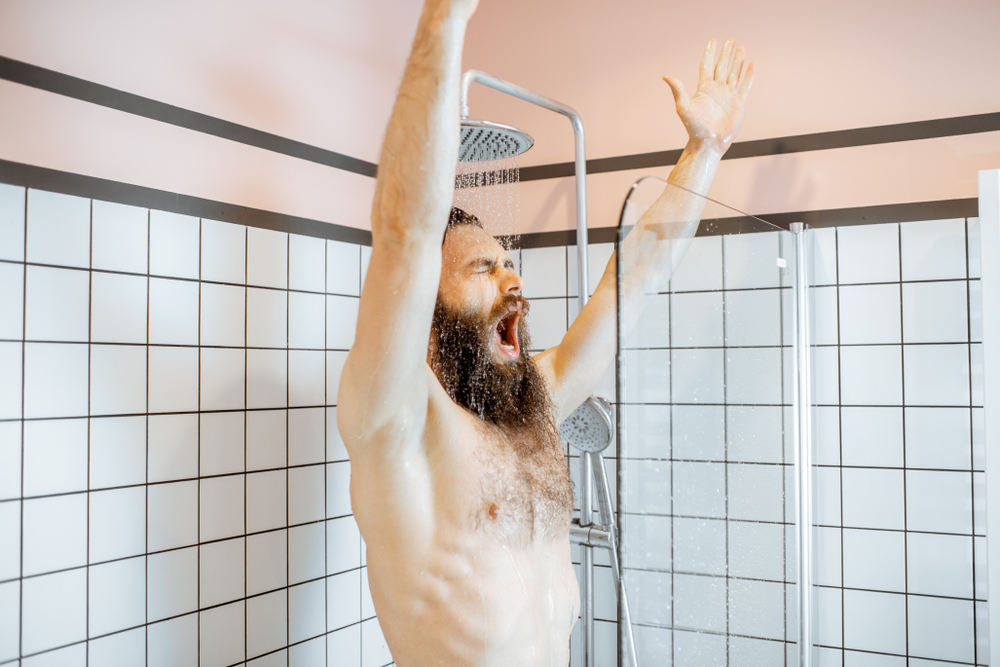There is now scientific evidence that what doesn’t kill you may really make you stronger, says expert Karen Geary

In my student days, I studied both lifestyle medicine and nutrition, initially seeing the former as less significant. However, with better research and increased attention from experts like Dr Rangan Chatterjee, lifestyle medicine (essentially about taking preventative steps to enhance our own well-being) is gaining recognition. Sleep and exercise, as well as nutrition, are fundamental pillars of health. Do these three well and you are winning. Mastering them prioritises well-being over fashionable therapies like breath work, forest bathing and sunlight exposure, which, while beneficial, take more of a back seat.
One intriguing facet of lifestyle medicine is hormesis, or the principle of stressing the body to enhance resilience — literally the notion of “what doesn’t kill you makes you stronger.”
Just like exercise, hormesis – when practised judiciously – can fortify the body. Saunas and cold water therapies, championed by motivators like Wim Hof and his ice plunging, are currently in the spotlight. The basic science is that both hot and cold therapies stress the body, inducing the production of heat and cold shock proteins. These proteins act as cellular guardians, shielding cells from harm and instigating repair processes. Regular exposure to extreme temperatures may give us a stronger immune system and promote long-term health.
Good to be chilly
Cold therapy, with roots tracing back to ancient Egyptian traditions, uses cold exposure to mitigate inflammation and pain. Methods such as cold-water immersion and cryotherapy are used to cool the body, modulate blood flow and reduce pain perception. Whole-body cryotherapy – brief exposure to extreme cold – is popular among athletes and individuals seeking pain relief.
Winter swimming, itself a form of cryotherapy, has been practised for centuries in the Nordic countries for its health and recreational benefits. Data suggests that repeated but brief cold exposure strengthens the immune system.
Cold therapy’s pain-relieving and anti-inflammatory effects involve hormonal mechanisms. Cold water immersion elevates noradrenaline levels, providing the body an inbuilt natural remedy for discomfort while at the same time aiding in muscle repair. It proves effective in managing acute injuries, chronic pain conditions, post-surgical pain, headaches and migraines. Recent research also suggests that cold water exposure may help manage stress and anxiety, offering a holistic approach to well-being.
For stress reduction and immune support, even simple practices like immersing one’s face in ice water, or ending a shower with a minute of cold water (my personal daily habit) can yield benefits.
Whatever you choose, gradually increasing exposure duration is key to adaptation and safety.
Running hot
Sauna therapy, another ancient practice, offers benefits for sleep, stress reduction and exercise recovery. Research suggests that frequent sauna use may also improve cardiovascular health, enhancing arterial dilation and reducing arterial stiffness. There are various types of saunas — infrared, steam, dry and even garden hot tubs — each with similar benefits, though the quality of research varies.
For optimal results, timing is crucial. Sauna sessions a couple of hours before bedtime can improve sleep quality by facilitating a steeper temperature decline. Post-exercise sauna use helps in recovery, reduces muscle soreness and preserves muscle integrity. Cardiovascular benefits are maximised with consistent sauna use, ideally 15 to 30 minutes, three to four times a week, especially when combined with exercise. If choosing, though, I’d pick the exercise over sitting in a sauna for two hours a week!
Safety is paramount when engaging in hot and cold therapies. Gradual progression is advised, and individuals with heart conditions should seek medical advice before starting any regimen. Avoiding participation while intoxicated is essential for safety.
In conclusion, both hot and cold therapies offer intriguing potential for improving health and well-being. By understanding their mechanisms and integrating them sensibly into your lifestyle, you can harness their potential benefits while prioritising safety and holistic wellness.


